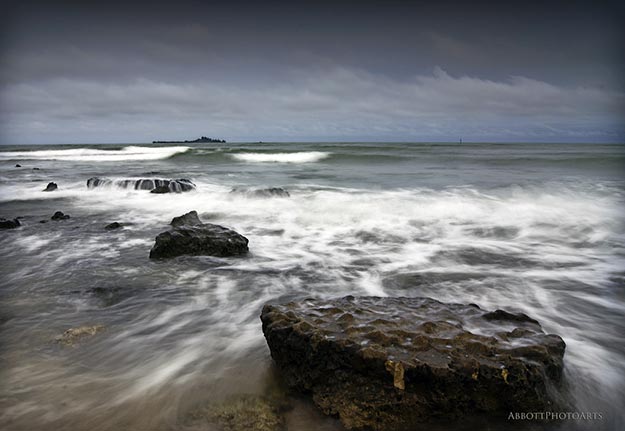One trick to test whether a frying pan is hot enough is to sprinkle water on it. If the surface is sufficiently above the boiling point of water, droplets will skip across the pan. Those jittery beads of water are held up from the hot pan by a cushion of steam. The vapour cushion collapses as the surface falls below the ‘Leidenfrost temperature’, causing furious bubbling and spitting when the water droplet hits the surface and boils explosively.
 The Leidenfrost effect lies behind the discovery, published today in Nature1, that water can be made to boil without any bubbling if a surface is specially treated so that the vapour cushion does not break down. The key is to make the surface very water-repellent, according to Ivan Vakarelski, an engineer at the Clean Combustion Research Center at the King Abdullah University of Science and Technology in Thuwal, Saudi Arabia, and his colleagues. The effect might be used to carefully control how metals are cooled and heated, or to reduce drag on ships. Read more
The Leidenfrost effect lies behind the discovery, published today in Nature1, that water can be made to boil without any bubbling if a surface is specially treated so that the vapour cushion does not break down. The key is to make the surface very water-repellent, according to Ivan Vakarelski, an engineer at the Clean Combustion Research Center at the King Abdullah University of Science and Technology in Thuwal, Saudi Arabia, and his colleagues. The effect might be used to carefully control how metals are cooled and heated, or to reduce drag on ships. Read more





